Phoenix Suns
Face of the Franchise
Bright Side Predicts: The biggest questions this roster has yet to answer
Source: https://www.brightsideofthesun.com/...eam-concerns-roster-coaching-culture-analysis

Yesterday on Bright Side Predicts, our writing crew took their shot at optimism. There are silver linings out there if you know where to look, and we found them. Today, as the season creeps closer, the tone shifts. We’re looking at what keeps us up at night. Is it the roster? The coaching staff? The construction of it all, the finances, the culture?
For a team projected to win 31.5 games, sitting dead last on FanDuel at +7000 to take the Pacific Division, those numbers tell a story. There’s doubt in the system, and some of it feels earned.
So we asked our team what concerns them most heading into the season. Here’s what they had to say.
What is your biggest concern about this roster or coaching staff?
Brandon: The biggest concern I have at this point is the lack of a true point guard or table setter, especially in the first unit. We’ll see how this current iteration goes as Book and Green look to make playmaking leaps. On the coaching side, how this staff handles the rotations will be super interesting to monitor, especially for a first-time head coach leading the way.
Holden: Inexperience and lack of wing scoring. Jordan Ott is a first-year head coach with no incentive for his team to be bad this season. While Booker and Green look to carry a lot of the scoring load, not that you can replace Kevin Durant, but there is no replacement for his wing scoring.
Bruce: My biggest concern is that the Suns do not have enough offensive firepower compared to the Wild Wild Western Conference. The Suns lack any star offensive threats besides Devin Booker, which is a significant shift compared to last year. They do have some role players who can get hot, but they will need them to be consistently on fire to keep them afloat offensively.
The Suns also have young players, and investing time in their development is something Suns fans can have hope in.
Kevin: My biggest concern is how minutes are distributed between veterans and young players. Obviously, Grayson Allen, Royce O’Neal, Nick Richards, and Nigel Hayes-Davis are established veteran players who deserve to play quality minutes on most NBA teams.
The Suns also have Khaman Maluach, Rasheer Fleming, Oso Ighodaro, Ryan Dunn, and Koby Brea, who require playing NBA minutes to develop. How does Jordan Ott and the front office balance trying to win now and develop its young players? It is a small hole to thread the needle through, which is easier said than done.
Luke: My biggest concern is that ownership/FO will feel the need for another knock-down-rebuild, before we give this a real chance.

Pano: The depth, the lack of experience, and the uncertainties. I think we are one or two injuries away from being in real trouble. Our entire team lacks experience, whether it’s the players or the staff. From my point of view, we only have Booker, Brooks, O’Neal, and Hayes-Davis with some leadership experience. Is that enough to guide such a young team?
Miah: The roster balance still worries me. Until Green proves he can truly run the point, I’ll keep wondering what might’ve been with a legit veteran PG to quarterback this team. There’s a lot of promise, but that floor general role remains a question mark.
Voita: There’s plenty to keep an eye on. The team lacks a true point guard, though that’s becoming common across the league. The center depth looks solid, but injuries could slow the growth we’re hoping to see.
What concerns me most is the team’s ability to generate offense in the final minutes of close games. That’s when execution tightens, when predictability sets in, and when coaching inexperience can start to show. Those moments will reveal the roster’s strengths, but they’ll also expose its flaws.
The writing team had plenty to worry about with this group, and it’s hard to land on one thing that rises above the rest. Maybe it’s a mix of problems that all bleed together, feeding into the same uneasy feeling. But that’s the point here.
What sits at the top of your list? What’s the thing that makes you hesitate before buying in to this team as the new season begins?
Source: https://www.brightsideofthesun.com/...eam-concerns-roster-coaching-culture-analysis































